Best Times for Waterproofing Application
Waterproofing is a critical process for protecting structures from water intrusion, which can cause damage, mold, and structural deterioration. Proper timing ensures maximum effectiveness and longevity of waterproofing systems.
Early winter can be appropriate if temperatures are above freezing; however, colder weather may hinder application and curing processes.
Late winter is generally unsuitable due to freezing temperatures that can compromise waterproofing materials and application quality.

Ways to make Waterproofings work in tight or awkward layouts.

Popular materials for Waterproofings and why they hold up over time.

Simple add-ons that improve Waterproofings without blowing the budget.

High-end options that actually feel worth it for Waterproofings.
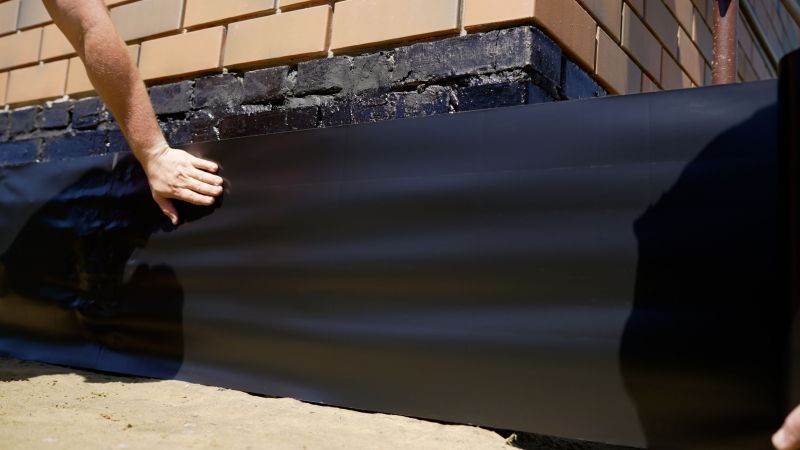
Finishes and colors that play nicely with Waterproofings.
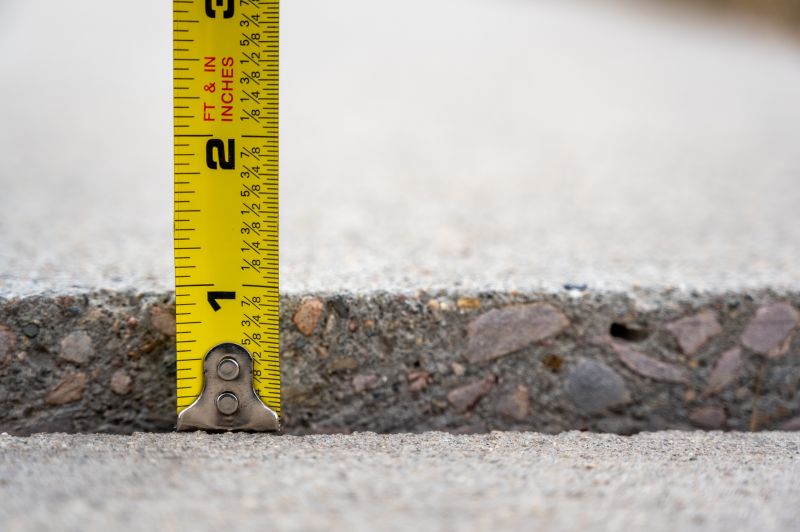
Little measurements that prevent headaches on Waterproofings day.
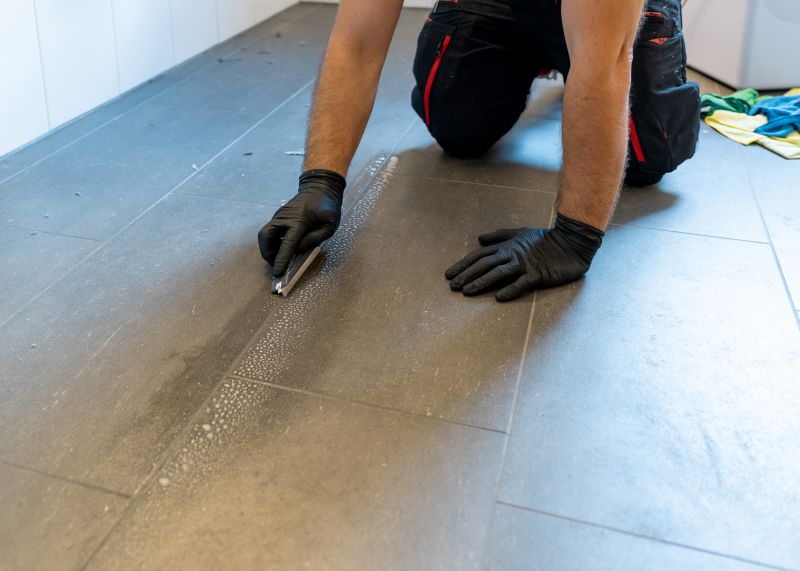
A 60-second routine that keeps Waterproofings looking new.

A frequent mistake in Waterproofings and how to dodge it.
| Season | Ideal Conditions for Waterproofing |
|---|---|
| Spring | Moderate temperatures and low humidity aid application and curing. |
| Summer | Warm and dry weather ensures optimal curing and adhesion. |
| Fall | Mild temperatures reduce the risk of weather-related disruptions. |
| Early Winter | Suitable if temperatures stay above freezing. |
| Late Winter | Generally unsuitable due to freezing conditions. |
Waterproofings are essential for protecting foundations, roofs, basements, and other structures from water damage. They involve applying specialized membranes, coatings, or sealants designed to resist water penetration. Proper application during suitable weather conditions enhances their durability and effectiveness. Statistics indicate that waterproofing can extend the lifespan of a structure by preventing water-related deterioration, which accounts for a significant percentage of structural repairs annually.
The effectiveness of waterproofing systems depends heavily on environmental conditions during application. Applying during periods of stable, dry weather ensures better adhesion and curing. In regions with variable climates, selecting the right waterproofing materials and timing is crucial for long-term protection.
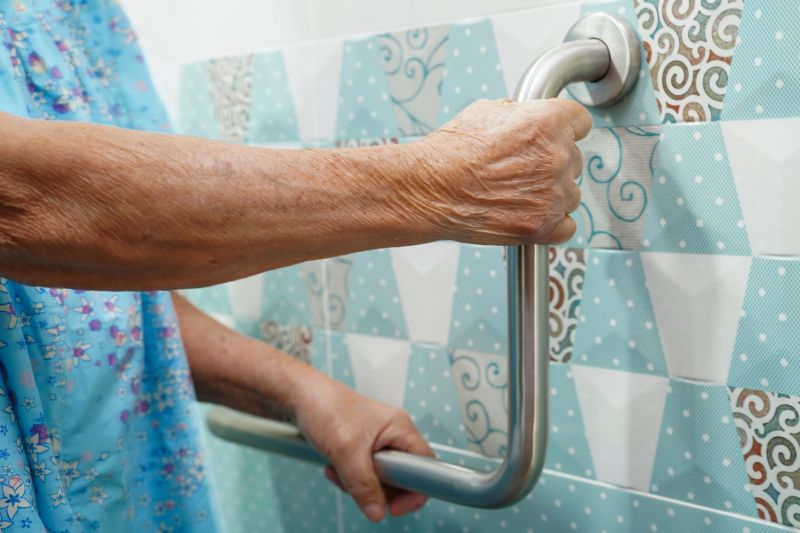
Small tweaks to make Waterproofings safer and easier to use.
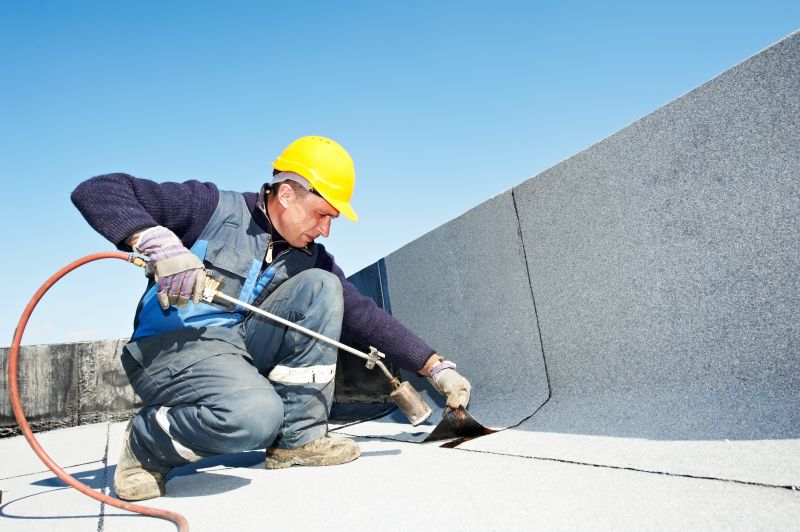
Lower-waste or water-saving choices for Waterproofings.
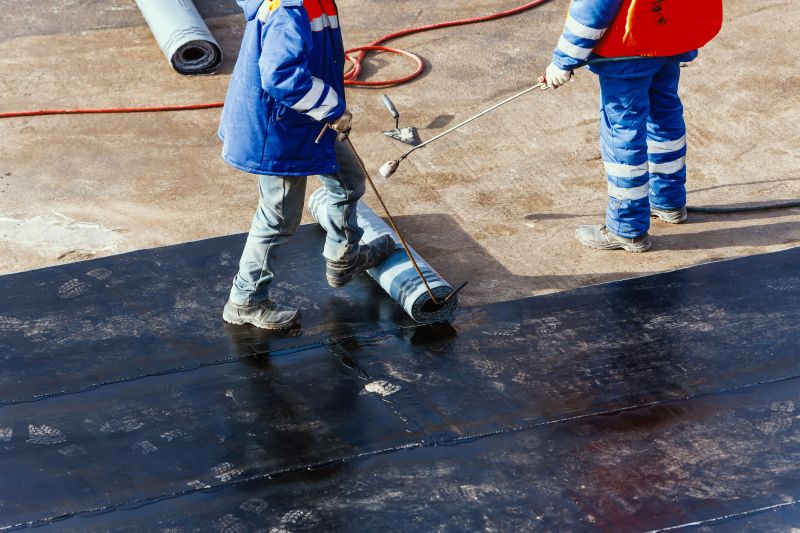
The short, realistic tool list for quality Waterproofings.

Rough timing from prep to clean-up for Waterproofings.
Interested in waterproofing services? Contact today to discuss options and schedule an assessment to ensure your structure remains protected from water intrusion.

